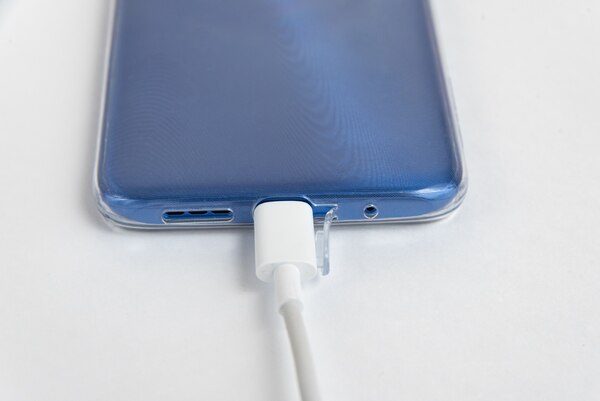Evolving Aesthetic: Mobile Recharge as a Symbol in Contemporary Art
In the rapidly changing landscape of contemporary art, new symbols and motifs continuously emerge, reflecting the evolving dynamics of society. Among these symbols, the mobile recharge card has recently gained attention, standing out as a surprisingly profound and versatile element in the artistic dialogue. While at first glance a mundane aspect of everyday life, these cards have found their way into the visual language of many modern artists, encapsulating themes of connectivity, commerce, and cultural exchange.
The mobile recharge card, in essence, represents a mere transaction: a way to extend mobile communication services by prepaying for them. However, when placed within the context of art, this simple card transforms into a multifaceted symbol. It speaks to the omnipresence of technology in our lives and the dependence on it to remain connected with the world. In a time when digital interactions increasingly overshadow physical ones, the mobile recharge card can be seen as a metaphor for the maintenance of these crucial connections.
In artwork, mobile recharge cards frequently appear not just as isolated objects but as part of larger compositions that interrogate issues of globalization and consumerism. The cards are often used in collages, assemblages, and mixed-media installations, their colorful designs and recognizable branding lending a commercial sheen to the pieces. This inclusion serves to critique the ubiquitous nature of corporate influence and the ways in which consumer goods permeate even the most personal aspects of our lives.

Furthermore, the ubiquity of mobile phones and, by extension, mobile recharge cards, provides a lens through which to examine socioeconomic disparities. Artists from developing countries, in particular, harness this symbol to address issues of access and equity. The card becomes a proxy for the broader conversations about who gets to participate in the digital economy and who remains excluded. By elevating the mobile recharge card into the realm of fine art, these creators highlight the profound inequalities that accompany technological advancement.
Mobile recharge cards also carry cultural significance. Their designs often incorporate local motifs, colors, and language, making them not just functional objects but also cultural artifacts. Artists use this to their advantage, embedding mobile recharge cards into works that explore identity, heritage, and the globalization of local cultures. The card's dual role as both a utility and a marker of cultural identity allows for a rich interplay between the personal and the universal in artistic expression.
One prominent example is the work of Nigerian artist Jelili Atiku, who uses mobile recharge cards in his multimedia sculptures. Atiku's installations draw attention to the delicate interplay between technology and tradition in contemporary Nigerian society. By juxtaposing these modern objects with traditional materials and techniques, he creates powerful commentaries on the tension between progress and preservation, innovation and heritage.
The mobile recharge card stands as a potent symbol of our times. Its integration into contemporary art underscores the ways in which the mundane can be repurposed to reflect complex conceptual narratives. As technology continues to shape our world and redefine our interactions, artists who engage with these emerging symbols provide valuable insights into the ongoing dialogue between society and its tools. Through their work, we are reminded that art not only mirrors life but also interrogates and interprets it, offering new perspectives on the seemingly ordinary elements of our contemporary existence.